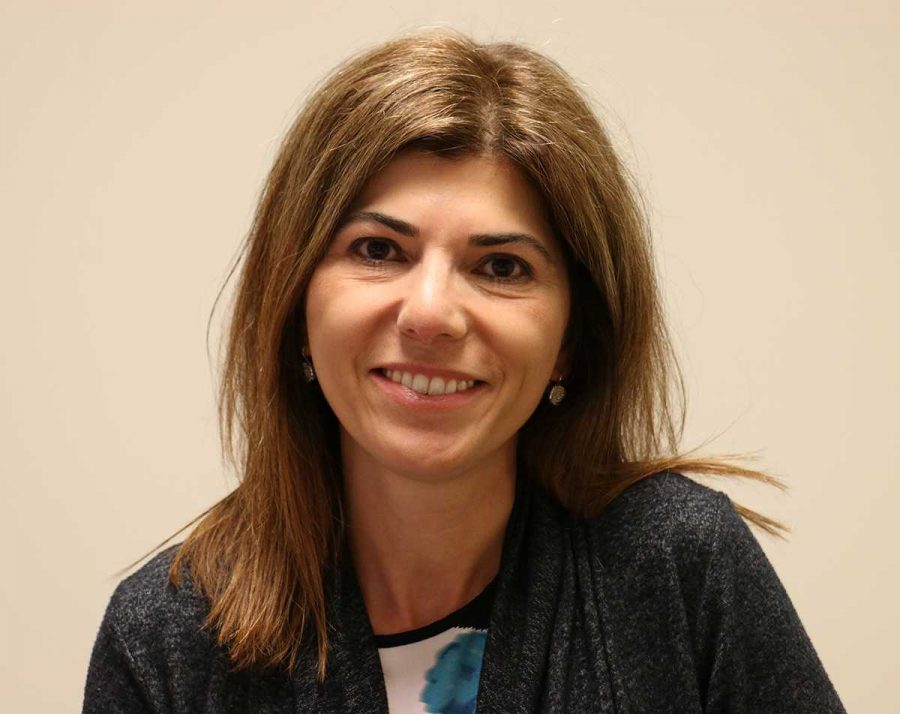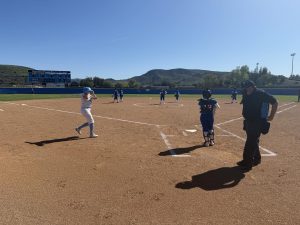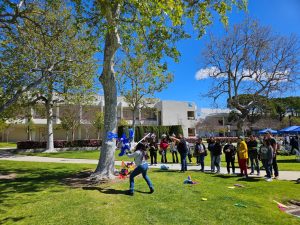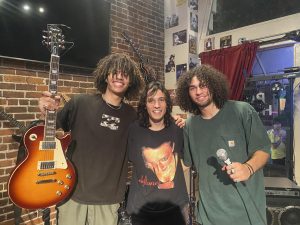Dr. Scarlet Relle: Finding the American dream
Dr. Scarlet Relle is an engineering professor at Moorpark College. She emigrated to America from Iran in 1984 after the revolution. Photo credit: Nikolas Samuels
May 18, 2016
Imagine an individual who had to completely start a new life while still a teenager. This person traveled to a new nation and found her own American dream by following her passion as a teacher. This person is Dr. Scarlet Relle of Moorpark College.
Scarlet emigrated from Iran in 1984 after the revolution which left women greatly oppressed and undervalued. She was forced to wear a hijab despite being an Armenian Christian. This was one of many oppressive laws that were in place in Iran at the time.
After Scarlet left, she communicated on behalf of her family because she was the only one who learned to speak English in America.
“At the age of 16, she was essentially the head of the household,” said Dr. Robert Relle, her husband.
Scarlet was one of an estimated 2 to 3 million immigrants who moved to America in the 1980’s as a result of the Iranian Revolution.
She was fortunate that her father, Mr. Shabal, was an employee at the American Embassy in Iran. In 1979, all immediate family of Mr. Shabal received green cards to move to America. These green cards were waiting in Frankfurt, Germany for them, but it took the Shabals until 1984 to get them because only the immediate family received green cards.
This excluded Scarlet’s grandfather who was ill and living with the family at the time. Unfortunately, he passed away by the time the Shabals got a green card for him. This death was especially hard on Scarlet, who still comes to tears when talking about it 30 years later.
“He was my most favorite person in the family,” said Scarlet. “I was actually the first one who found him dead in his bed and I think that has made a terrible impression on me.”
On Sept. 5, 1984, she landed at LAX and moved into her uncle’s house in Northridge. Four days later, she started school at Granada Hills High School without knowing English at the age of 15.
For her first semester, she took only three classes: English as a second language for four periods, art and physical education.
During P.E. class, she had to wear shorts and a t-shirt which was a drastic change from the hijab she had been used to wearing. This was a huge culture shock for her and really impacted her at the time.
“Wearing those clothes was so hard and embarrassing for me,” said Scarlet.
Scarlet and her family worked to overcome all the difficulties a new immigrant faces. Every day, her father took a bus to Downtown L.A. at 6 a.m. where he repaired cameras for a living before returning at 10 p.m. Her family would walk to the grocery store and push their shopping cart back two miles to their apartment. Robert notes that the shopping carts that are seen today outside of apartments in the Valley are often immigrants going through the same struggles 30 years later.
Despite all of these struggles she quickly adapted to an American lifestyle. She learned English and became the main means of communication for her family.
One class Scarlet had a deep passion for was math. She knew she wanted to be a physicist ever since she was 10 and saw Marie Curie on television in Iran. To see such a powerful woman was inspiring to her especially since Scarlet was living under an oppressive regime.
In 1999, Scarlet graduated the University of California, Irvine with a P.H.D in civil/environmental engineering. The next year she started teaching at Chapman University in Orange County and in 2011, she started to teach at Moorpark College where she built the engineering program from the ground up.
“Every day I drive to work, I want to pinch myself,” says Scarlet. “This job is an extension of my being.”






